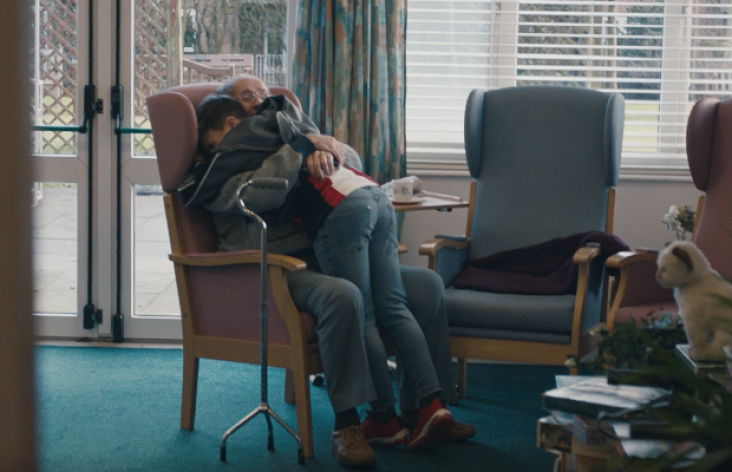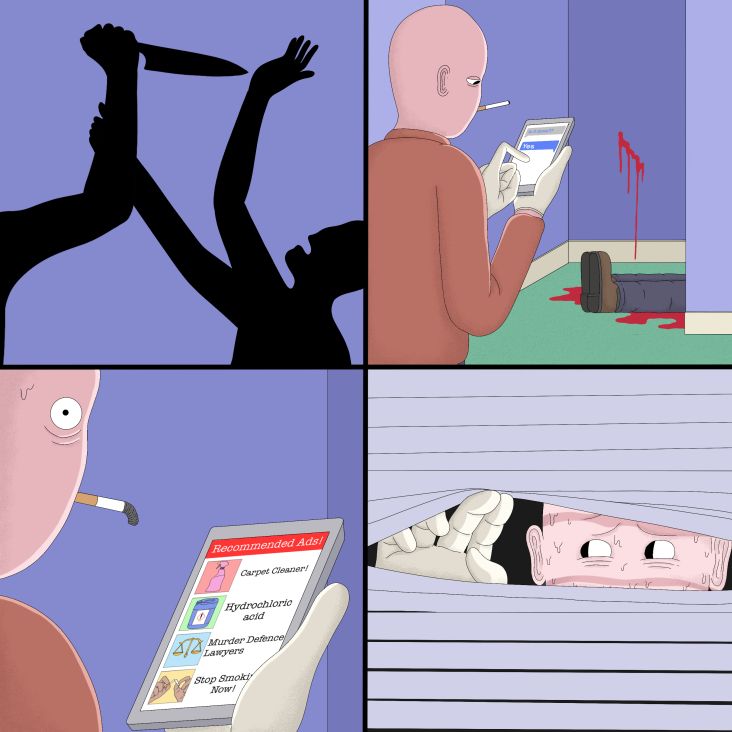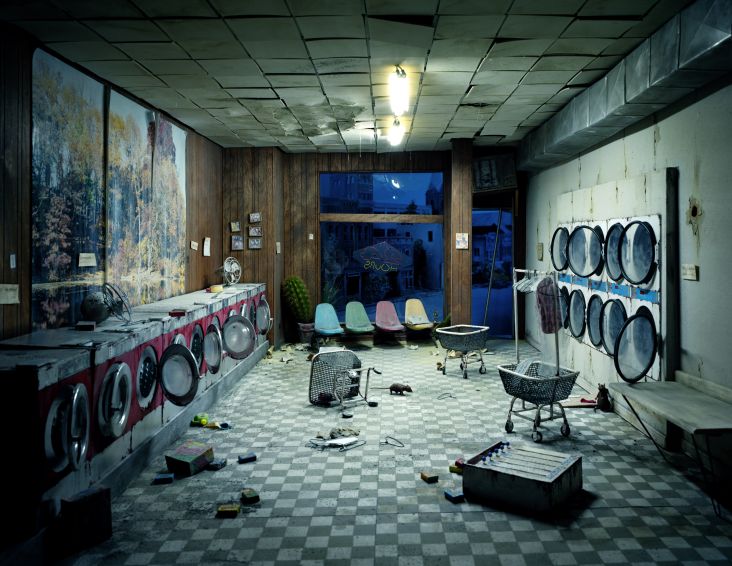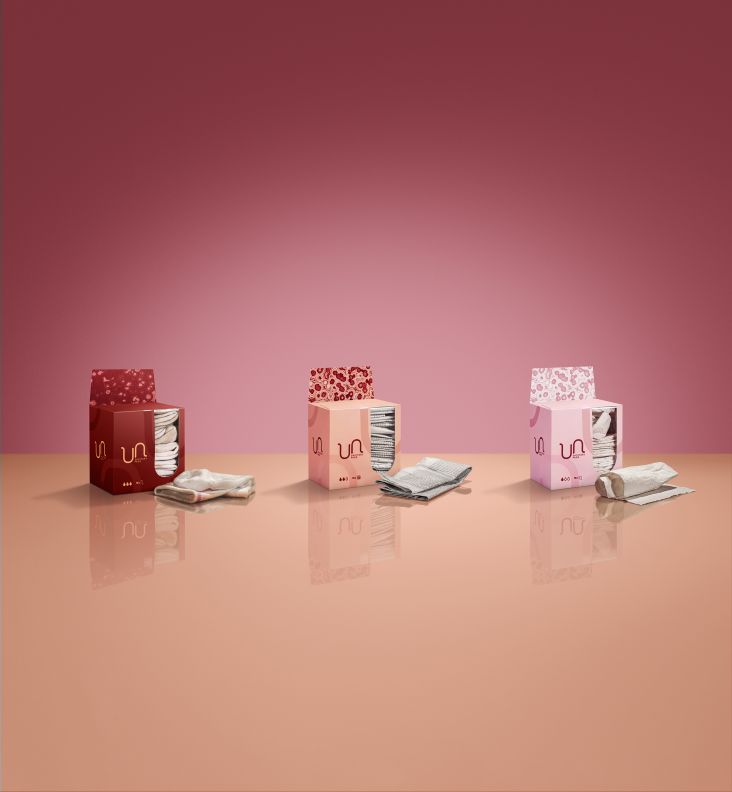Paintings by Hernan Bas that explore Venice's history of life, death, vampires and plagues
In his latest series, Venetian Blind, American artist Hernan Bas explores themes of privacy, mourning and seclusion, and the connections between the living and the dead.
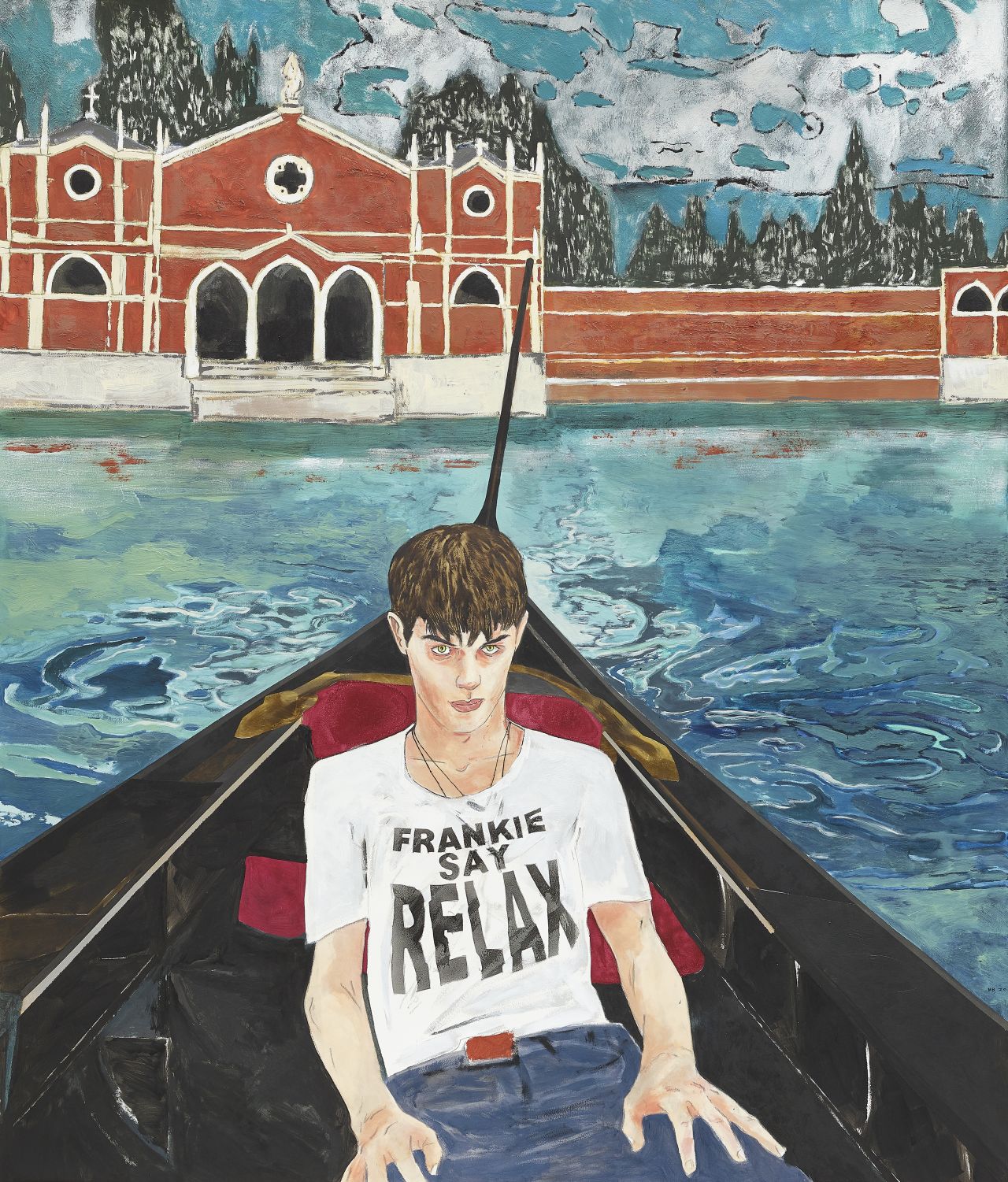
© Hernan Bas. All images courtesy of the artist and Victoria Miro
On show at Victoria Miro Venice this month, its anchor point is A Private Morning, 2020, a folding screen lined on one side with a classic black moiré fabric, a pattern produced since the Middle Ages but popularised by Queen Victoria during her 'eternal mourning' period following the death of Prince Albert. The painting's title replaces 'mourning' with 'morning'.
Bas invites us to enjoy a more modern, private moment, perhaps a period of seclusion as mourning is sometimes known. Similar to what's alluded in the painted side of the screen, which depicts a lone male figure, wearing a black t-shirt and surrounded by flowers that, in various stages of decay, allude to symbolic depictions of flowers in historical still life and memento mori paintings.
The Venetian blind of the exhibition's title, believed to have originated in Persia and made popular by Venetian traders in the 18th century, features prominently in the composition, hitting home the screen's purpose as an object of privacy.
Venetian history is the focus of a number of the artist's works on paper, some of which draw inspiration from the island of San Michele, which since 1807 has been the city's main cemetery. It reminds Bas of one of his favourite paintings, Arnold Böcklin's Isle of the Dead, which shows the practice of erecting a temporary bridge to it for All Souls' Day – a literal bridge to the dead that echoes the artist's deep interest in transitional spaces and moments.
Bas' enduring fascination with the paranormal is illustrated in a further work which refers to the discovery in 2009 of a Vampire of Venice, unearthed in a mass grave on the island of Lazzaretto Nuovo, supporting the belief that vampires were behind the plagues that swept the city in the fifteenth and sixteenth centuries. Known as 'shroud eaters', these ghouls were thought to spread pestilence from the grave by chewing on their funeral shrouds. A female skull was discovered with its jaw forced open by a brick – an exorcism technique used on suspected vampires at the time.
Coinciding with the Carnival of Venice, the exhibition echoes the history of the city brought vividly to life at this time of year, mirroring its references to past events. Like suggestions of the plague in the bird-like Medico Della Peste mask, which originated in the 17th century and was worn by plague doctors to protect them from airborne diseases and which, in a highly decorative form, is worn by carnival-goers today.
Venetian Blind by Hernan Bas at Victoria Miro Venice runs until 14 March 2020.
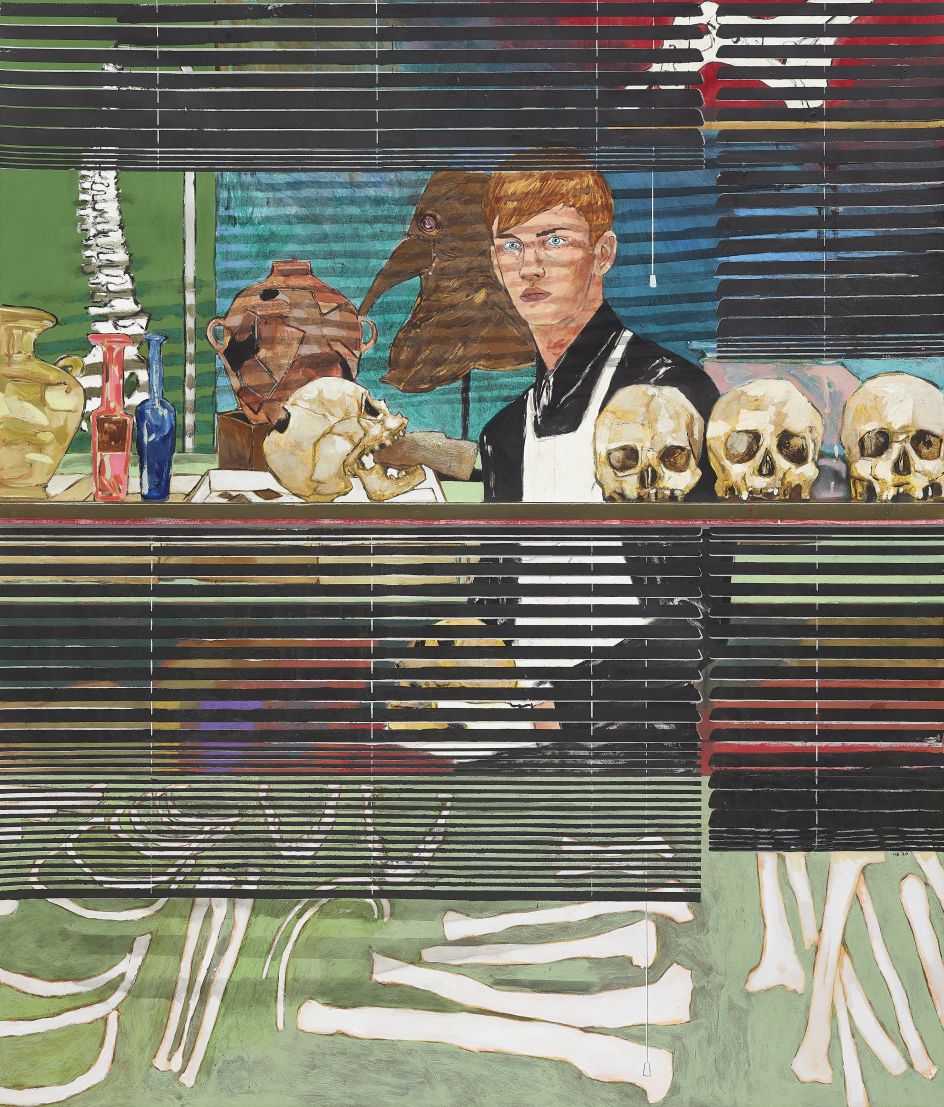
© Hernan Bas

© Hernan Bas
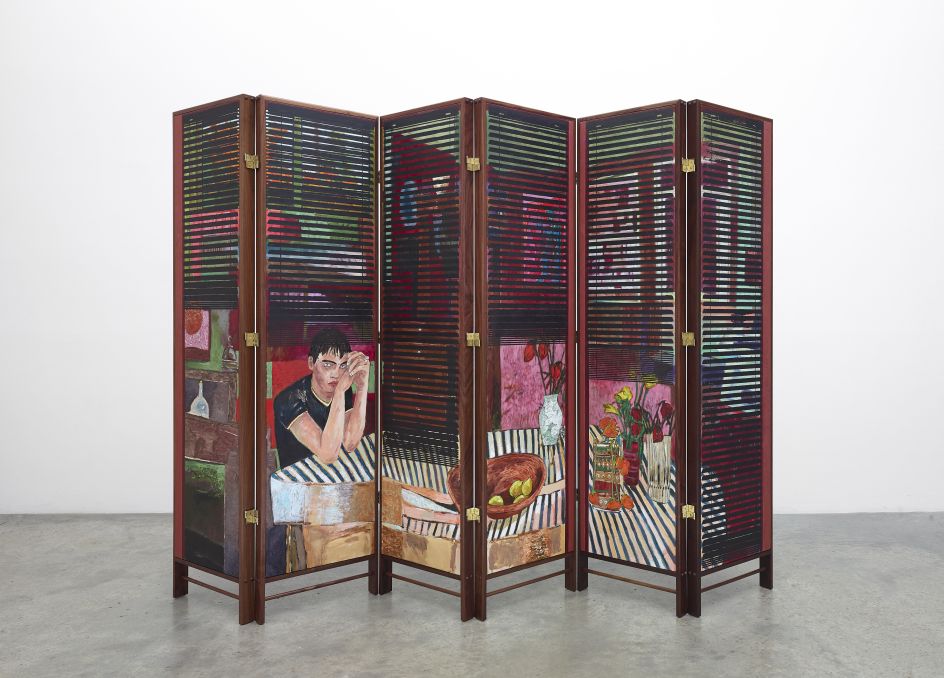
© Hernan Bas

















